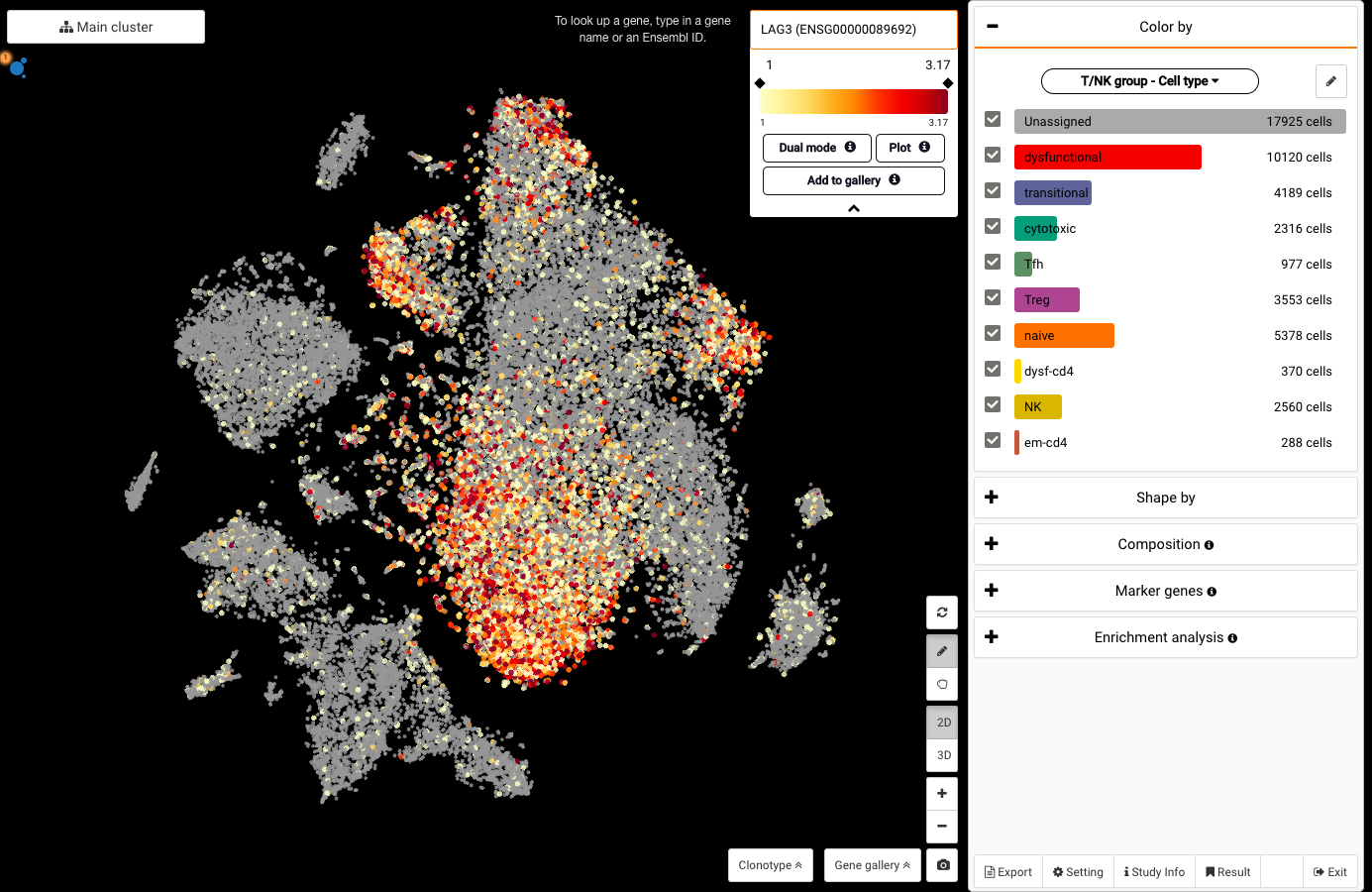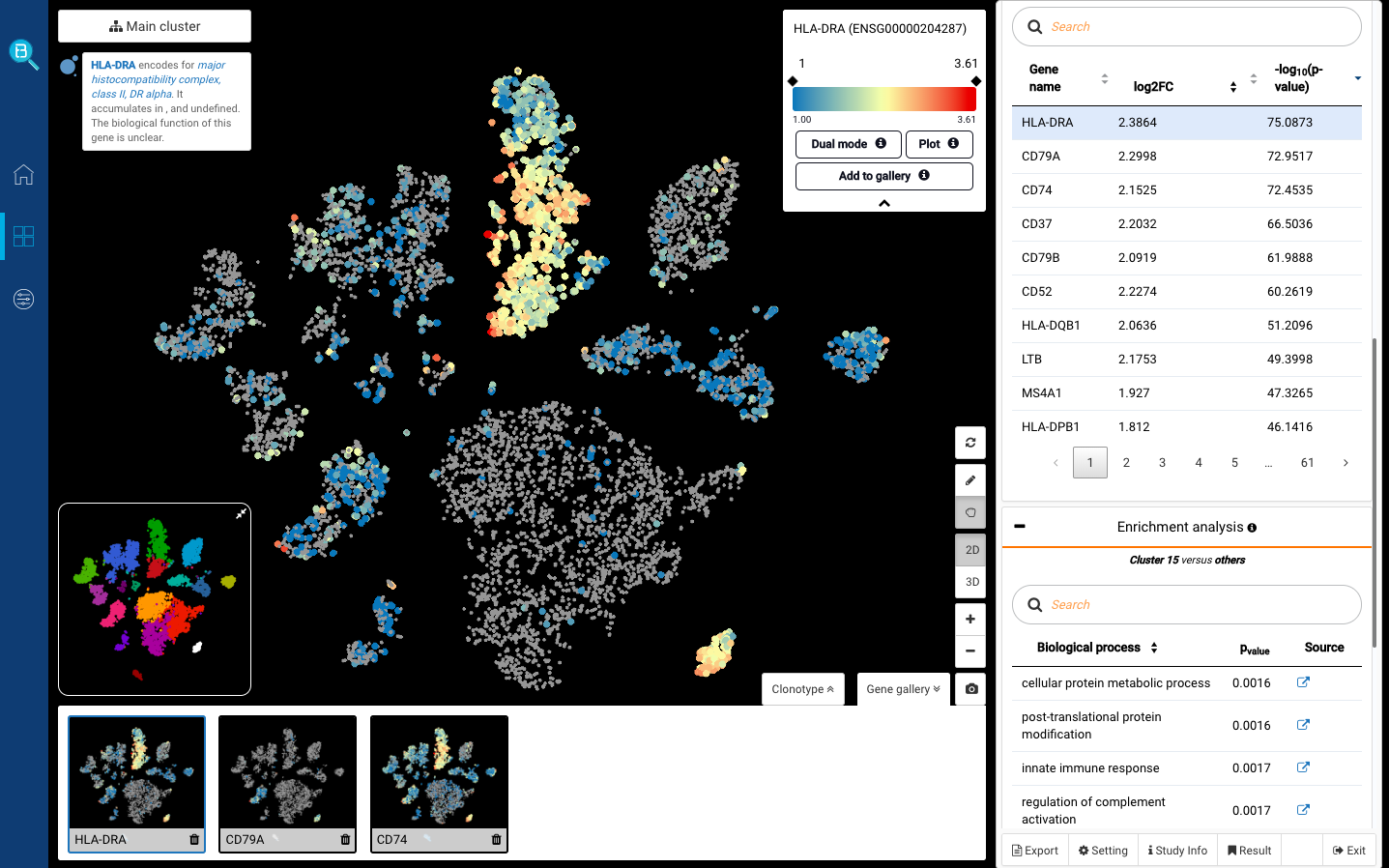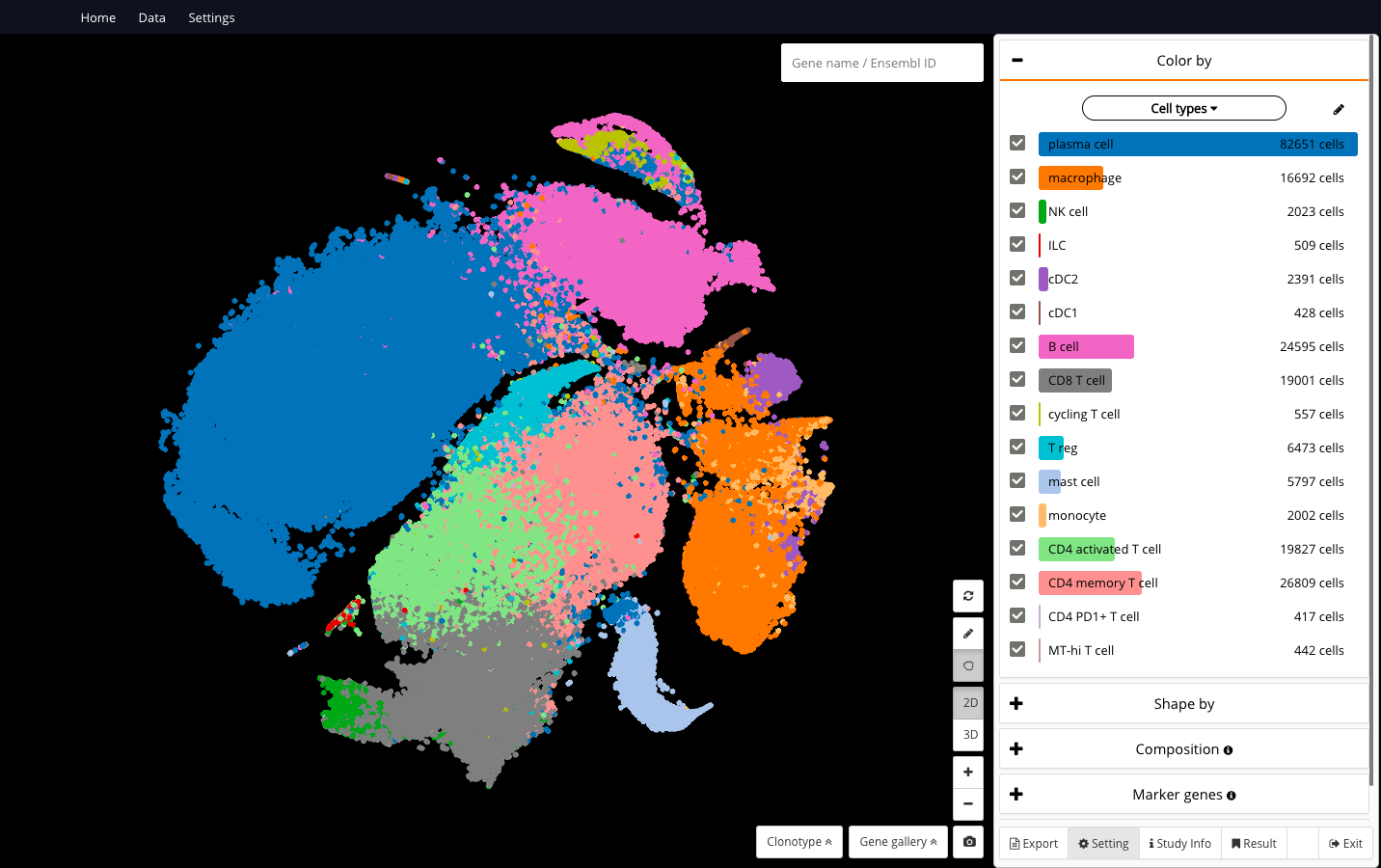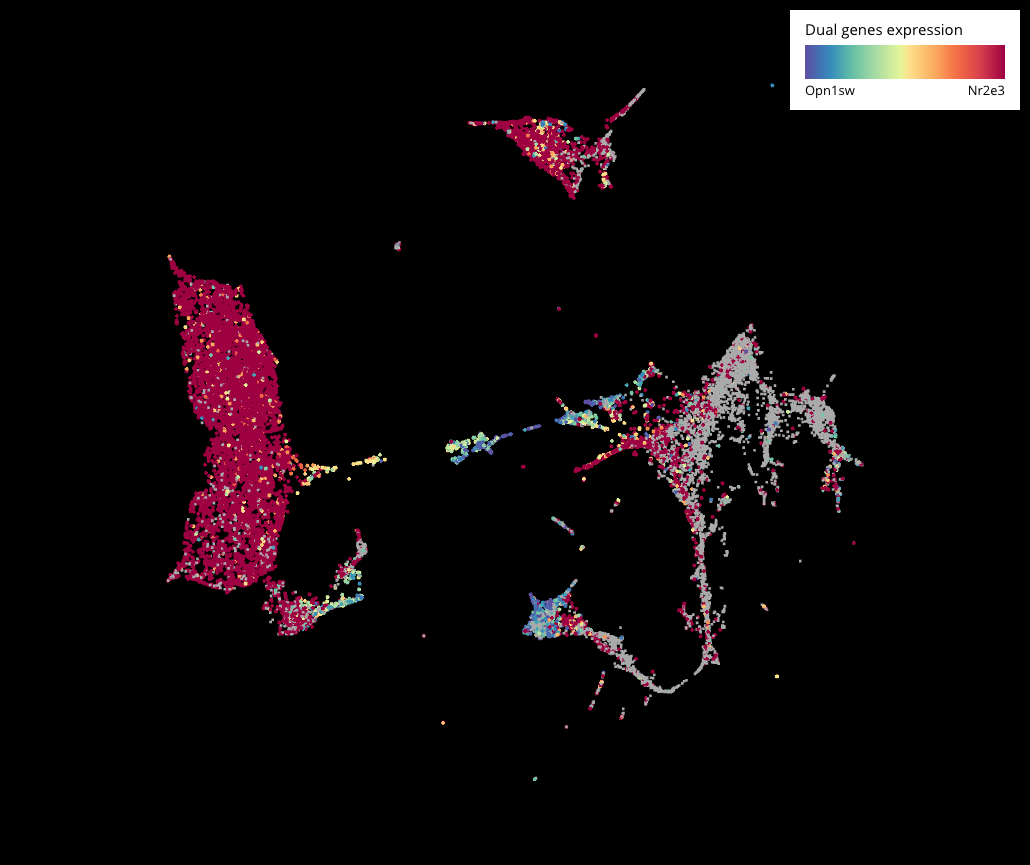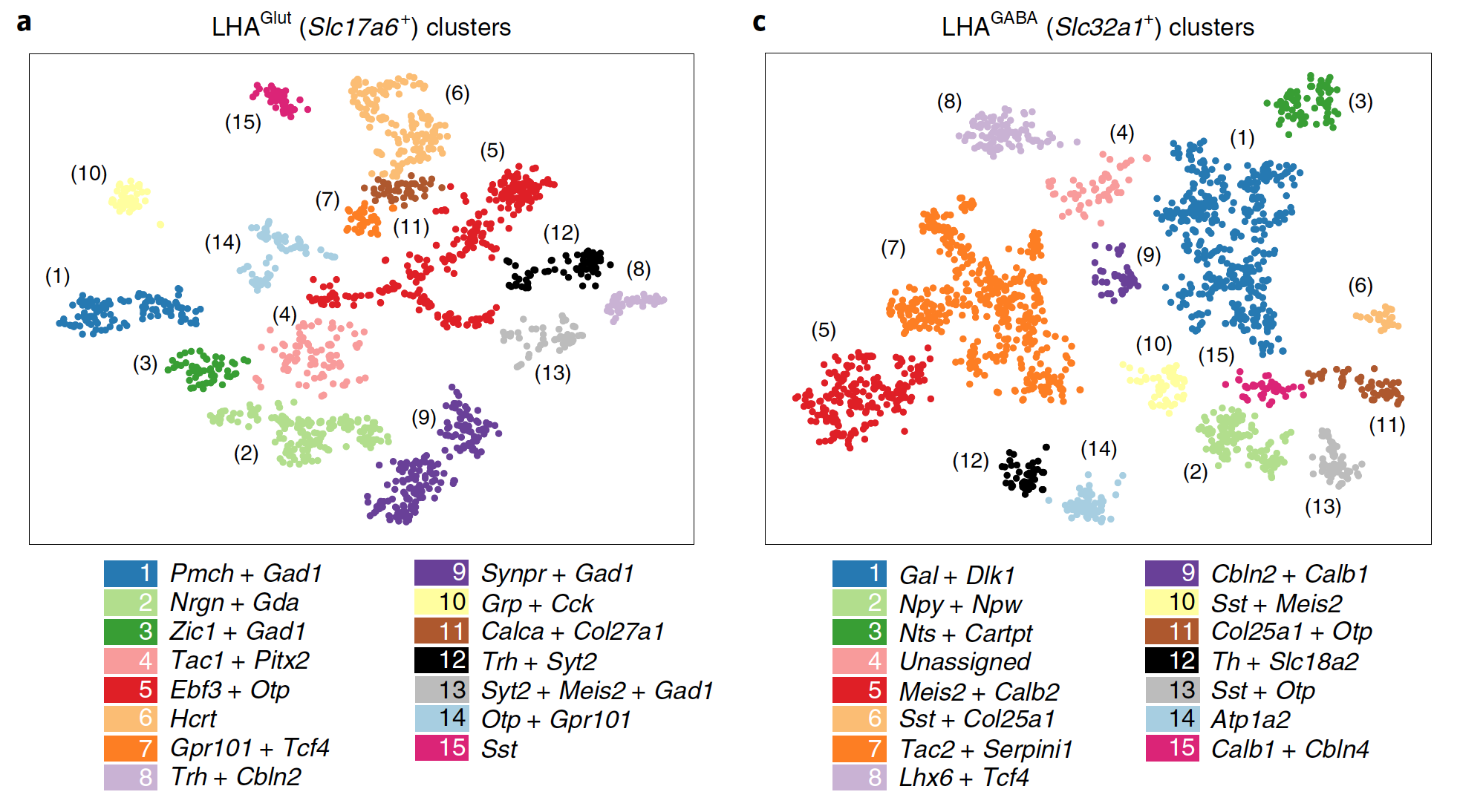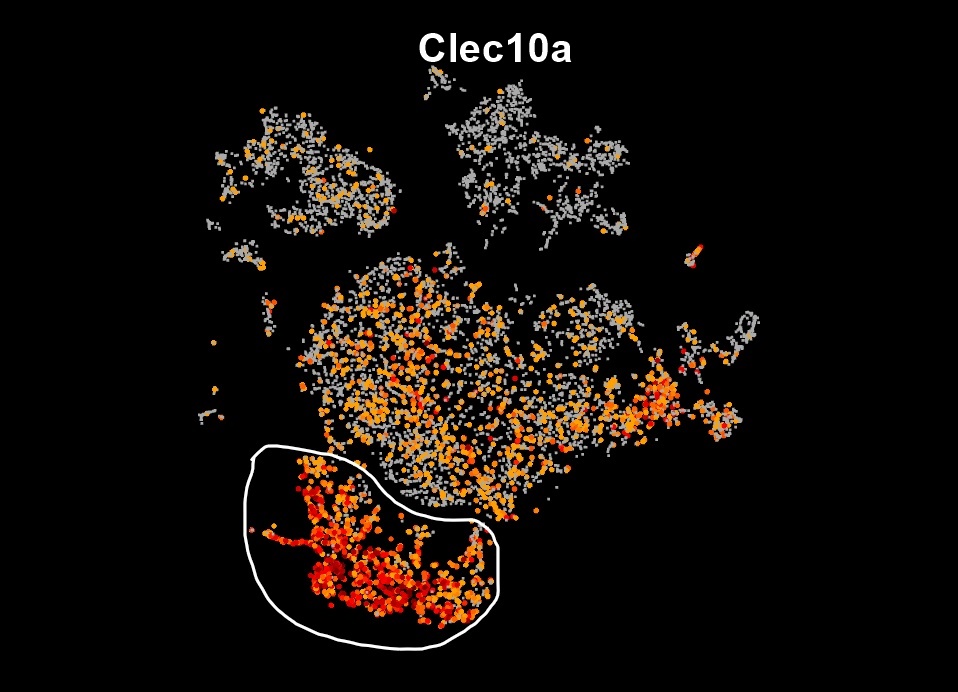How to explore “Characterizing smoking-induced transcriptional heterogeneity in the human bronchial epithelium at single-cell resolution” (Duclos et. al 2019) | BioTuring Cellpedia
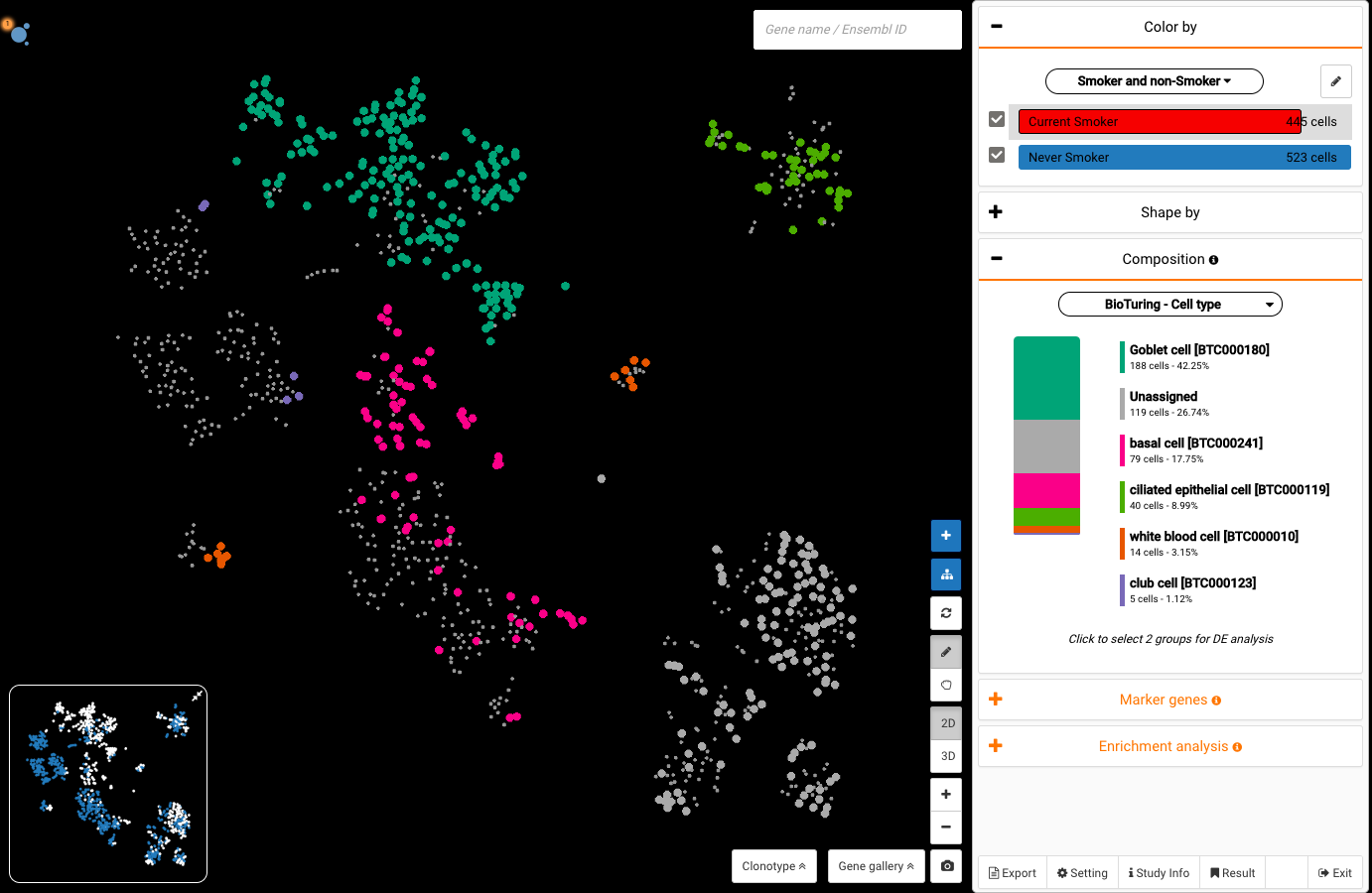
Multiple studies have shown smoking’s effects on the human bronchi. However, few have characterized its precise impact at cellular resolution. Published recently on Science Advances, a study by Duclos and colleagues has employed single-cell RNA sequencing into exploring the cellular changes in the human bronchial epithelium between current and never […]

